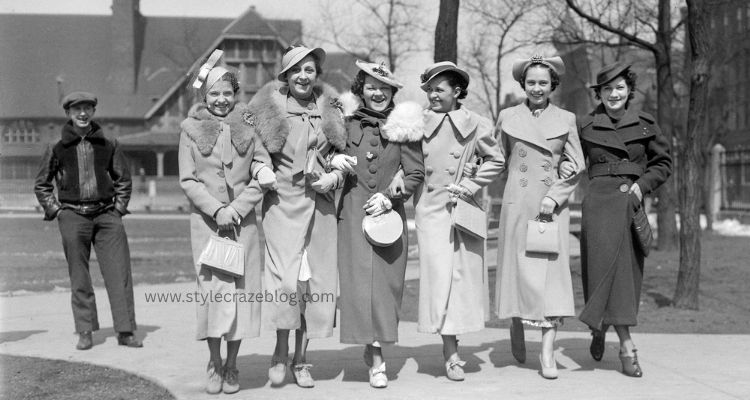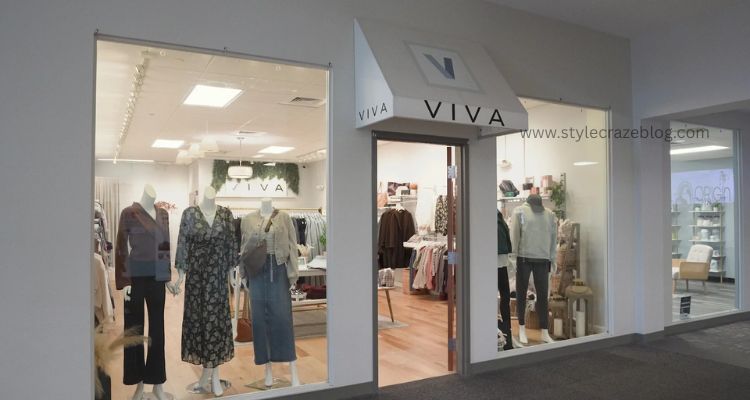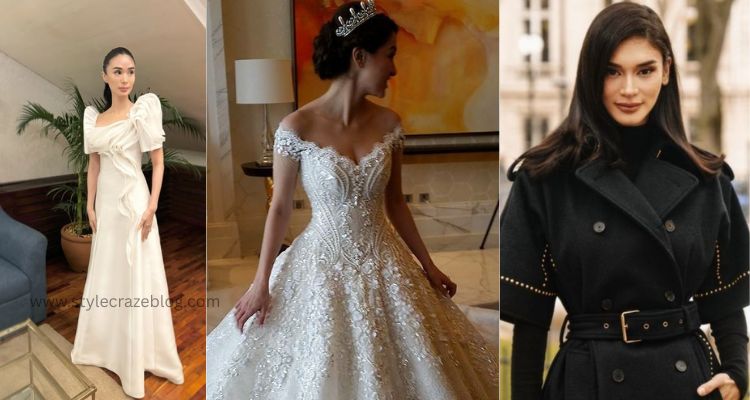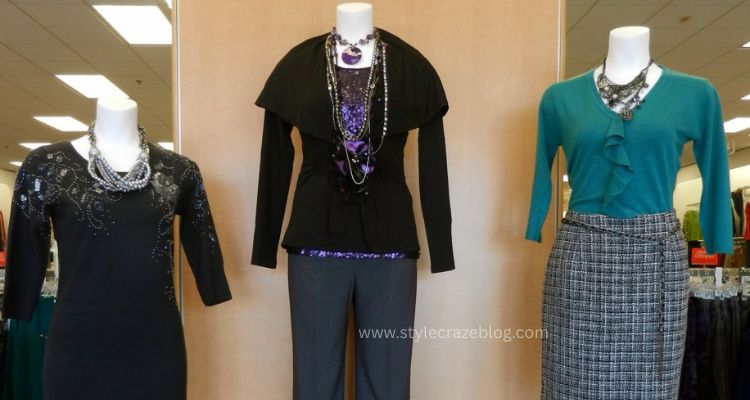What first comes to one’s mind when thinking of 1940s fashion is a time when style was elegant yet very practical. The decade was, in fact, marked by the influence of World War II, the rationing, and the use of utility clothing. However, despite all this, the decade of the 40s was also marked by the Hollywood glamour, which, of course, brought the rays of hope.
I can still recall the very first time I came across the black-and-white wedding photo of my grandmother dated 1943. Her dress was a very modest one; however, she looked breathtakingly beautiful. That is precisely the story of the 40s: beauty that bloom under the empire of restrictions.
Which Men’s Fashion Style Became Very Popular in the 1940s?
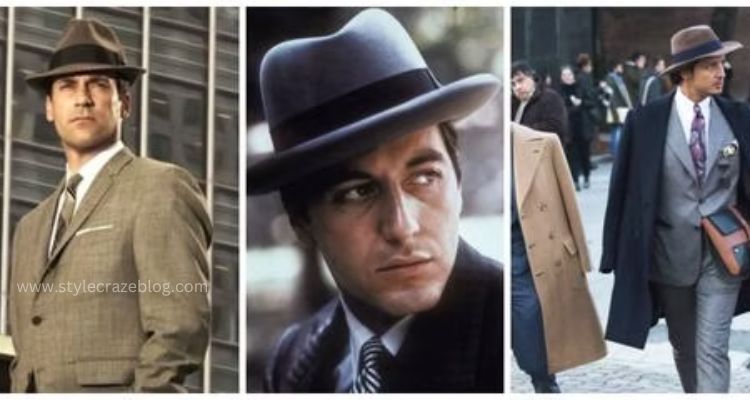
1940s mens fashion was very much centered on neatness and function. Men continued to wear suits; however, they were less lavish due to the imposed fabric restrictions. Thus, it was mainly broad shoulders and wide lapels that characterized the jackets. The shirts had pointed collars and were commonly worn with suspenders. Males wearing fedoras were as usual wherever you went.
Another trend that was adopted also quite rapidly was military tailoring. It is very common that soldiers coming back from the war are found wearing pieces that resemble their uniforms the most—coats with the structured look, bomber jackets, and trousers with the cargo-style. These ramifications, in fact, are still very much alive in the men’s wardrobe today. I remember when I had the chance to put on my grandfather’s pea coat; it was not only from a robust and fashionable but also a timeless period.
What Was the Fashion in the 1940s?
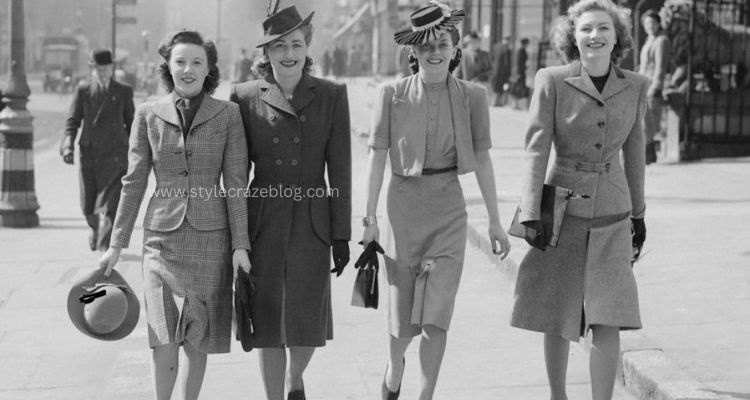
1940s women’s fashion was a picture of practicality and elegance at the same time. Because of the rationing, the ladies’ dresses took less fabric, and the skirts were always straight and narrow. The shoulders were usually padded, the waist was cinched, and the lengths of the skirts were no more than the knee. The utility clothing trend demonstrated that the simple could as well be the stylish one.
However, 1940s fashion women did not abandon the elegance concept at all. Actually, scarves, hats, and gloves not only facilitated but also raised the level of personal expression even when one had to deal with material restrictions. In addition, gowns for evenings, though not plenty, still had the luxurious features like sequins or lace. Also, the hair—victory rolls or soft curls—was the final touch.
As for men, their civilian wear was a reflection of restraint. However, when the resources were available for it, men used to wear flashy ties and patterned shirts to show their character.
How Did Early Movie Stars in the 1940s Use Nail Polish to Make a Fashion Statement?
One of the most influential sources of 1940s fashion was Hollywood. The stars, to name a few, Rita Hayworth and Lauren Bacall, demonstrated the way to look glamorous to the entire world even in the most difficult of times. Nail polish quickly turned into a very small yet powerful fashion statement.
Particularly, the red hues became the most recognizable ones. The nail colors were as bright as the lipstick, thus, even the simplest utility dress would get its share of glamour (literally). Women painting their nails felt empowered and rebellious at the same time, as if they were defying the restrictions. I can recall the moment when I tried a vintage poster-inspired deep red manicure, and it immediately brought the classic 1940s vibe to me. The importance of the small things cannot be overstated.
What Was Fashion Like in the 1940s?
1940s women’s fashion was a fine example of how to combine the austerity of war with style and grace. Women got used to reusing fabrics, even turning curtains and other household fabric into dresses. After the war was over, Christian Dior’s 1947 “New Look” once again altered the form—full skirts, narrow waists, and softer shoulders. It was like taking a deep breath of fresh air, beauty was welcomed back.
1940s mens fashion also underwent a change after the war. The young generation started to follow the trend of sportswear—casual shirts, knit sweaters, and high-waisted trousers. Although the military look was still there, the leisure clothing was slowly making its way.
First of all, you can see that the early 1940s are more functional from their photos while the late 1940s are more celebrative. The fashion was a medium that conveyed the experience of survival and revival.
Why the 1940s Still Inspire Today
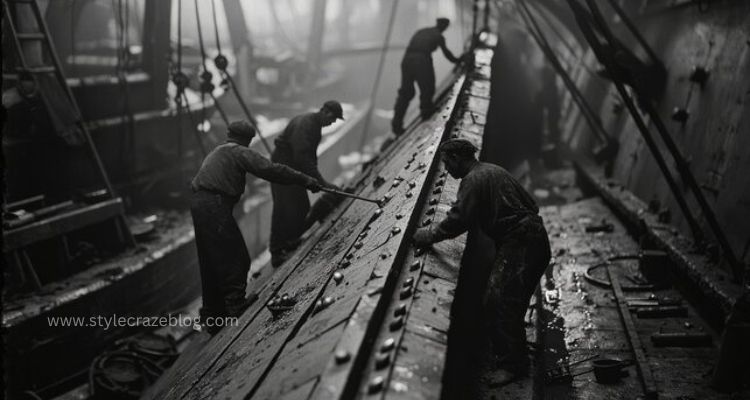
The main reason for which 1940s fashion is still interesting to us is the combination of its toughness and grace. Tiny, ingenious ways people did to express their individuality were still there despite worldwide adversity. From padded shoulders to red nails, the details were the ones that did most of the talking.
I once decided to wear a 1940s-style tea dress to a retro-themed event accompanied with victory rolls in my hair. The timeless elegance was what people instantly noticed. That is the main thing about the decade—it still has the power to connect.
Final Thoughts
The fashion of the 40s was a perfect example of the people’s will to survive. The fabric rationing alongside wartime realities resulted in simpler silhouettes. However, the accessories, nail polish, and Hollywood were the means that kept the two worlds alive – the glam and the war. For the gentlemen, the uniforms and the wide-lapelled suits were the images that described the trend. The ladies, on the other hand, started off with decent dresses that contained the beauty of control; nevertheless, with the passage of time and the change of the circumstances, they made the transition. After that, these styles finally came to be in agreement with the wartime simplicity and ended up celebrating freedom with Dior’s New Look.
The 40s are, for me, the era of style with dignity. Even during the tough times, people managed to find ways to dress sharp and be confident. That is something from which we can all get inspiration nowadays.

